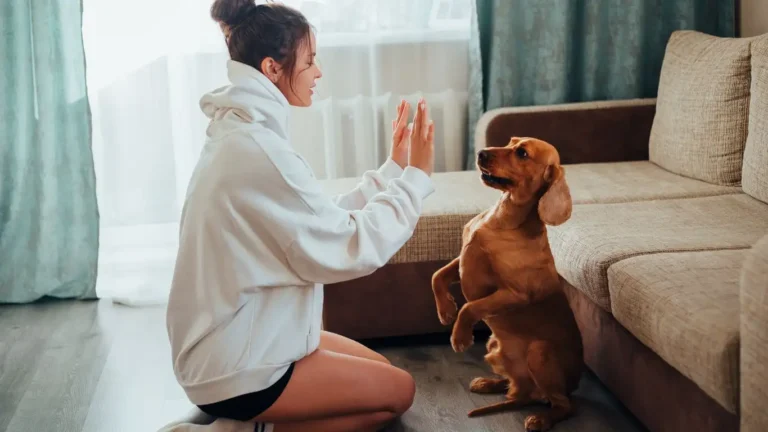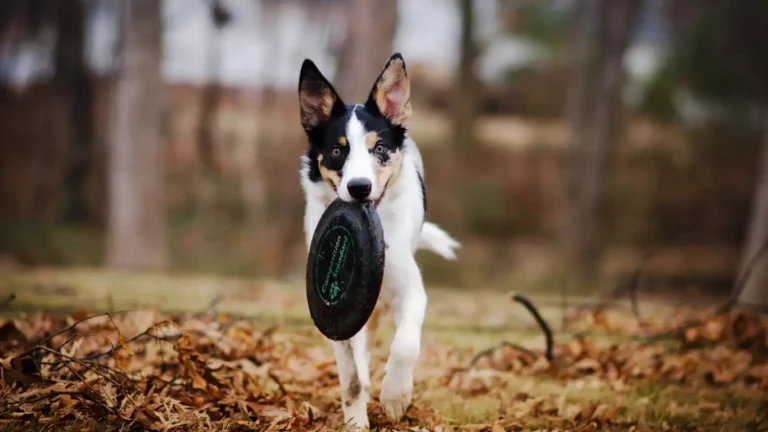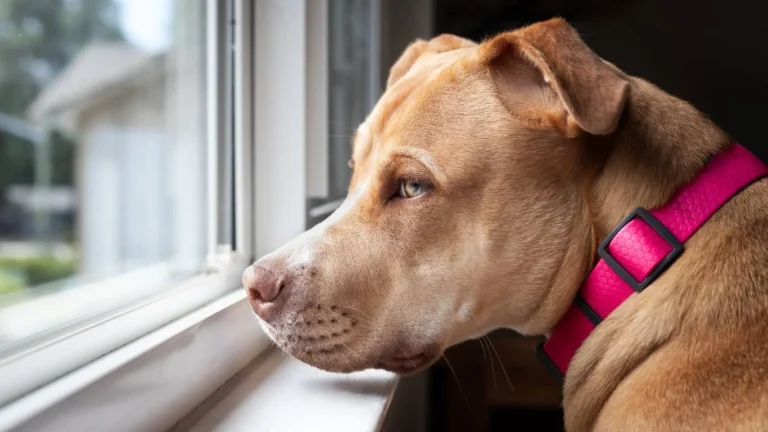How to Train a Dog to Respond Quickly to Commands Like a Pro
Training a dog to respond quickly to commands is not just about getting them to obey on command—it’s about fostering a bond of trust, communication, and mutual understanding. As a Canine-Assisted Therapy Trainer, I’ve seen firsthand how essential it is for dogs to learn to respond quickly and reliably to commands. Whether you’re training a puppy or working with a rescue dog, quick responses to commands can make a huge difference in the safety and well-being of both you and your dog. In this guide, I’ll walk you through the fundamentals of training your dog to respond faster, more consistently, and with a focus on building that strong relationship.
Why Quick Responses Matter in Dog Training
When you’re working with a dog—whether in therapy, obedience, or even everyday activities—quick responses to commands can help in many ways. A dog that responds immediately to a sit, stay, or come command could prevent dangerous situations, like running into traffic, or might just make your day-to-day life a whole lot easier. I know it’s easy to get frustrated when our dogs aren’t responding right away, but understanding why a dog might hesitate can often be the key to fixing the issue.
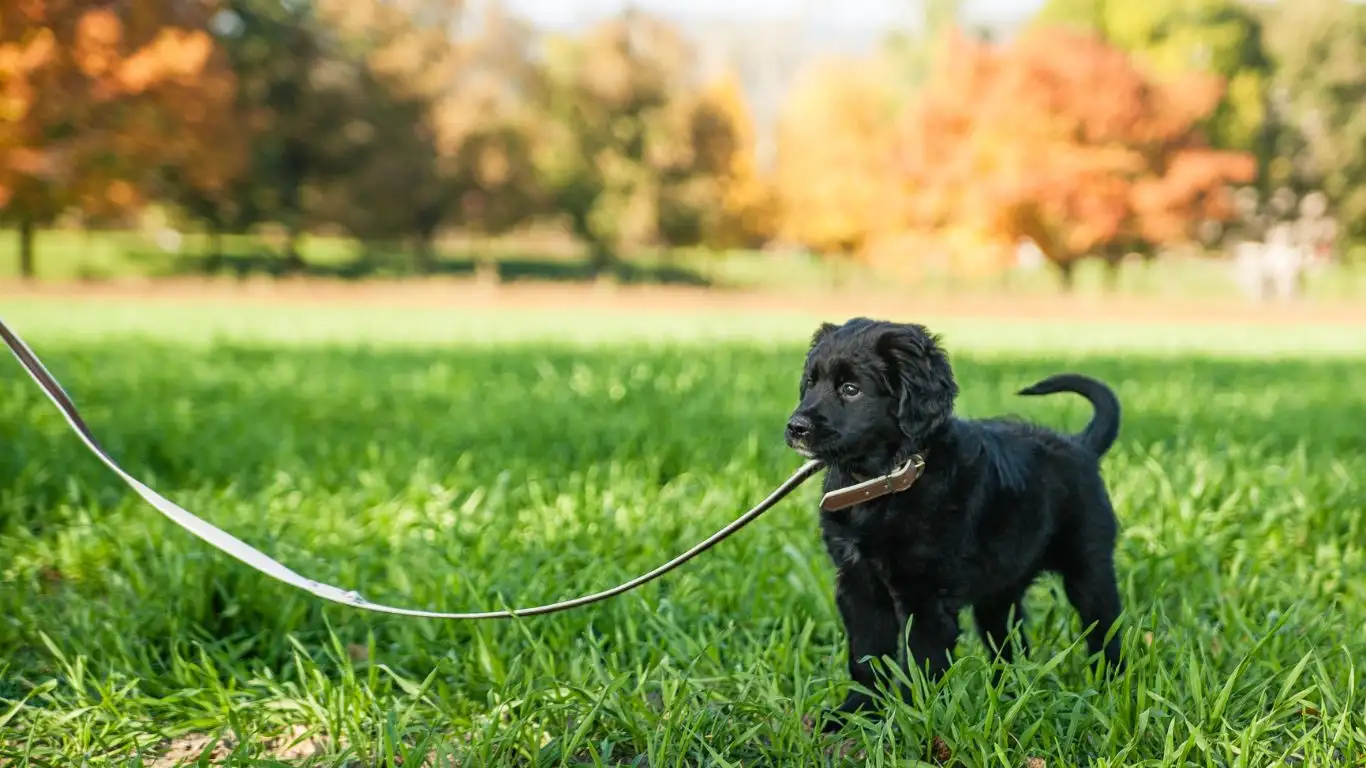
Consistency is Key to Faster Responses
One of the biggest factors in training a dog to respond quickly is consistency. Just like with people, dogs thrive on routine. The more consistent you are with your commands and actions, the more reliable your dog will become in responding quickly. When I train therapy dogs, I always stress the importance of using the same words and gestures each time. If you vary the commands or tone, it can confuse your dog and delay their response time.
For example, if you’re teaching your dog to sit, using the word “sit” consistently with the same hand gesture will help your dog understand that this specific combination means to sit down. If you change the word to “down” one day, “sit” the next, or your hand gestures become inconsistent, your dog will struggle to connect the dots and won’t respond as quickly.
The Importance of Timing
Timing is also an incredibly important aspect of training. If you give a command and your dog takes too long to respond, you might inadvertently reinforce that slow response. That’s why timing your reward is crucial. When your dog responds to your command—whether it’s within a few seconds or immediately—make sure to reward them right away. This positive reinforcement will let them know they did something right and will encourage them to respond faster next time.

Building Your Dog’s Motivation
Every dog is different, which is why one of the first things I do with each new dog in training is to assess their level of motivation. Some dogs are highly food-driven, while others might prefer praise, toys, or even just being around their favorite people. The key is to find what motivates your dog and use it to encourage faster responses to commands.
Use Positive Reinforcement
In my experience, positive reinforcement is one of the most effective ways to train a dog to respond quickly to commands. This means rewarding the dog immediately after they respond correctly. Positive reinforcement could be anything from a treat, praise, or even playtime with a favorite toy. When dogs know they will get something they love in exchange for responding quickly, they’re more likely to repeat the behavior.
I’ve worked with dogs that are extremely food-motivated, and others that are more motivated by praise or play. Each dog is different, and finding the best motivator for your pup can make all the difference in how fast they learn.
Use a Marker Word for Faster Feedback
Another tip I always share with my students is the power of a marker word. This is a word you say to indicate that the dog has done something correctly. A common example is saying “Yes!” or using a clicker sound when the dog performs the behavior correctly. This immediate feedback helps the dog make the connection between the behavior and the reward.
For instance, if you’re teaching your dog to sit and they sit down immediately after you say the command, you would say “Yes!” or click right as their bottom touches the ground. Then you can reward them right away. This timing helps your dog understand that the quicker they respond, the quicker they get rewarded!
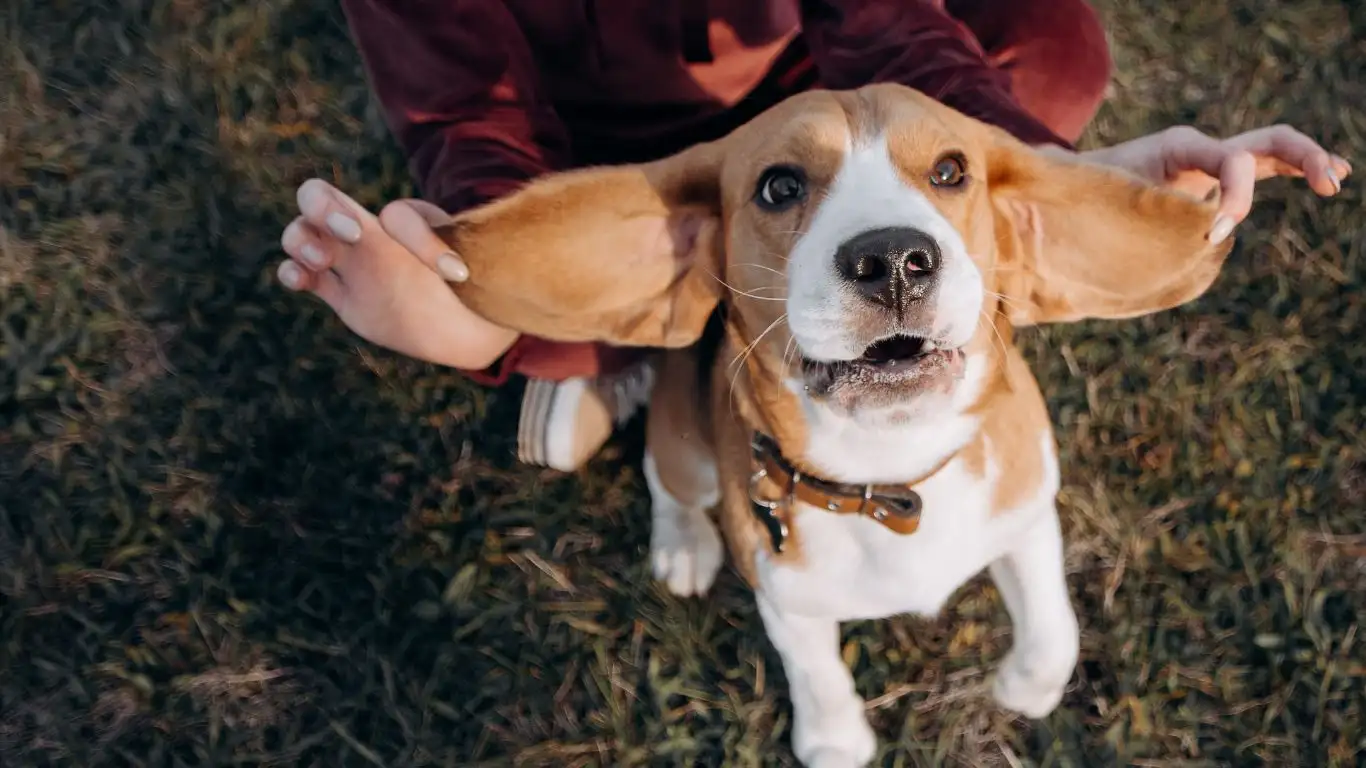
Building Focus and Reducing Distractions
One of the most common reasons dogs don’t respond quickly to commands is because they’re distracted by their environment. This can be a challenge, especially if your dog is excited or anxious in certain situations. I’ve found that working in a distraction-free area first is key to building a strong foundation before introducing distractions.
Start with Low Distractions
When beginning the training, it’s important to start in a quiet environment with as few distractions as possible. This allows your dog to focus entirely on you and the task at hand. Once your dog gets the hang of responding quickly in a calm setting, you can start to introduce more distractions. Gradually increasing the level of distractions is the best way to build a dog’s ability to stay focused and respond quickly, even in more chaotic environments.
In my personal experience, I’ve seen dogs who struggle with distractions at first but gradually improve when they’re given the chance to succeed in less overwhelming situations. A dog who can respond to your commands in a quiet room is far more likely to do so when you’re out on a walk or at a park—after all, it’s all about building their confidence and ability to focus no matter what’s going on around them.
Increasing Challenge for Faster Responses
Once your dog has mastered responding quickly in a calm environment with minimal distractions, it’s time to introduce a bit more challenge. The key is to increase the difficulty level gradually without overwhelming your dog. I’ve found that dogs tend to make faster progress when they’re able to succeed at each step without feeling frustrated or confused.
For example, if your dog is doing well with a simple “sit” command in your living room, try moving to the backyard or a different room in the house. This adds a new layer of distraction and gives your dog a chance to focus in a different environment. As they become more comfortable, you can begin adding even more distractions—things like other people, other dogs, or outdoor environments with more activity. The goal is to challenge them just enough to improve their focus, without causing them to get overwhelmed.
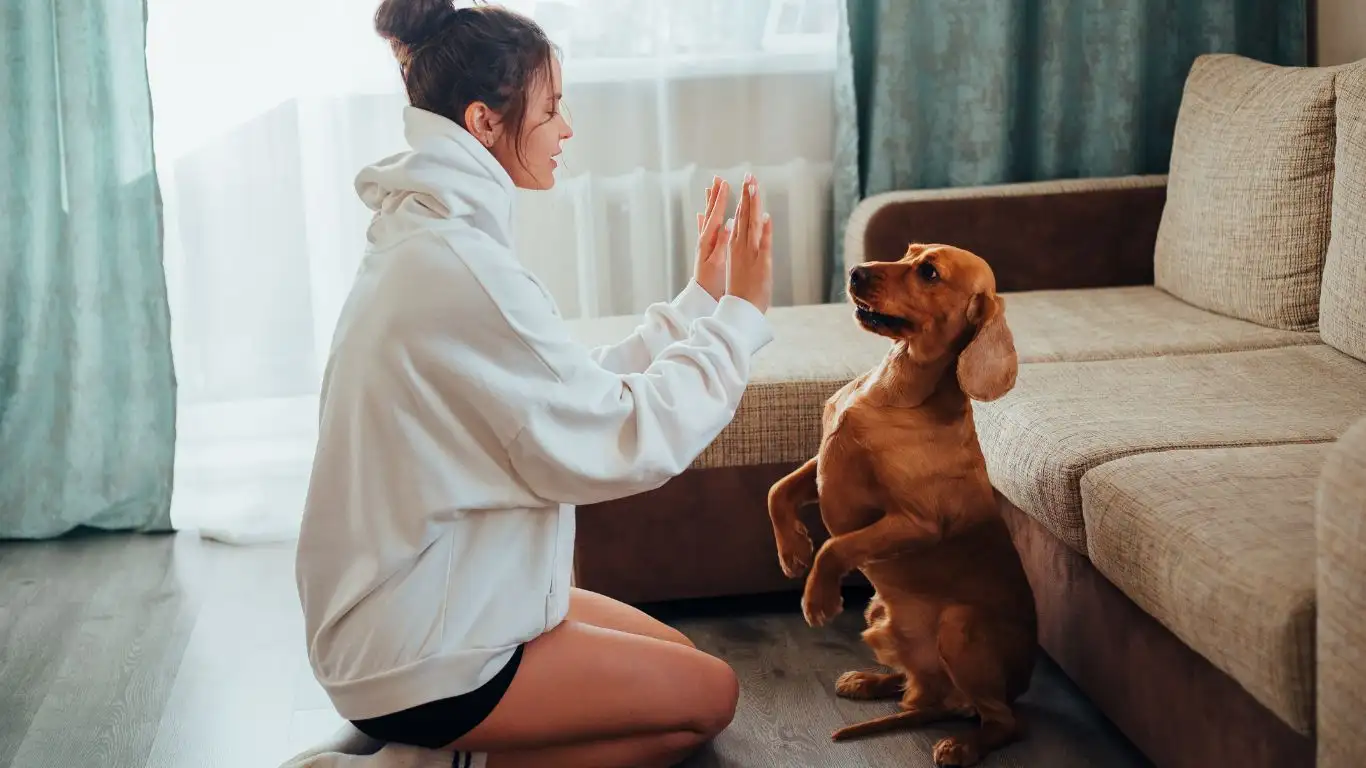
Use Real-Life Situations to Reinforce Training
One thing I always tell my clients is to practice commands in real-life situations. This is crucial if you want your dog to respond quickly when you really need it—like in a busy park or when they’re distracted by another dog. Training isn’t just about perfect, quiet conditions—it’s about preparing your dog to respond no matter what life throws their way.
For example, when I work with therapy dogs, I’ll introduce distractions in a controlled manner—like having a person walk by with a stroller or a dog passing at a distance. The goal is to help the dog learn to ignore these distractions and stay focused on their handler. This approach mimics real-life situations, where quick responses can be a matter of safety.
Building Impulse Control for Quick Responses
Impulse control is another important factor in training a dog to respond quickly to commands. It’s not just about obedience—it’s about teaching your dog to resist the urge to act impulsively and instead listen to your commands before acting. Dogs that struggle with impulse control can take longer to respond, especially in exciting or distracting situations.
In my experience, training impulse control goes hand-in-hand with teaching quick responses. One way to build impulse control is through exercises like the “leave it” command. Start by showing your dog a treat and then tell them to “leave it.” When they resist grabbing it, reward them with a different treat. Over time, this builds their ability to control impulses and focus on your commands even when something exciting or tempting is in front of them.
Using Positive Distraction Techniques
Sometimes, getting your dog’s attention can be the hardest part of training. If they’re distracted by other dogs, people, or even just the environment, it can be tough for them to focus on you and your commands. One thing I’ve found incredibly helpful in my training is using positive distraction techniques to help refocus your dog’s attention and build their responsiveness.
Redirecting with Play
Dogs are often motivated by play, and if you’re struggling to get their attention, playing a quick game of fetch or tug can help re-engage them. For example, if you’re practicing recall and your dog isn’t responding quickly, call them over and reward them with a game of tug. The excitement of play not only makes training more fun but also reinforces the idea that responding to commands leads to something they enjoy.
Redirecting with play can be especially useful if your dog is becoming too fixated on a distraction. Instead of repeating a command, try redirecting their energy with a toy. Once they’re engaged in the play, you can gradually ease them back into training, making sure to reward their quick responses along the way.

Use the “Look at Me” Command
Another useful tool in the training toolbox is the “Look at Me” command. This simple command can help grab your dog’s attention when they’re distracted and refocus them on you. To teach this, hold a treat near your face and say “look at me.” When your dog looks at you, immediately reward them with the treat. Over time, you can use this command to refocus your dog’s attention during training sessions, making it easier for them to respond quickly to other commands.
This is a technique I often use when training dogs in more challenging environments, like at parks or during group sessions. When a dog is distracted by other animals or people, “look at me” can break their focus on the distraction and bring them back to you quickly.
Addressing Common Mistakes When Training for Quick Responses
Training a dog to respond quickly to commands isn’t always straightforward, and you may run into a few common mistakes along the way. Identifying these mistakes early can help prevent frustration for both you and your dog, and will help you stay on track with your training goals. In my years of experience, these are the most frequent issues I see when it comes to training quick responses:
Inconsistent Reinforcement
One of the biggest mistakes I see is inconsistent reinforcement. When you reward your dog too infrequently or too randomly, it can confuse them and slow down their progress. Dogs need consistency to understand what behaviors lead to rewards. Make sure you’re rewarding quickly and consistently every time your dog responds to your command, even if they don’t get it perfect. The goal is to reinforce the behavior you want, not the mistakes they make.
Too Much Pressure Too Soon
Another common mistake is rushing the training. Some dog owners try to push their dogs to respond faster or learn commands in more difficult environments before they’re ready. This can overwhelm your dog and cause frustration. It’s important to allow your dog to progress at their own pace and build their confidence before increasing the difficulty level.
In my work with therapy dogs, I’ve seen that dogs who are allowed to progress in small, manageable steps are much more likely to develop fast, reliable responses over time. Patience really does pay off in dog training!
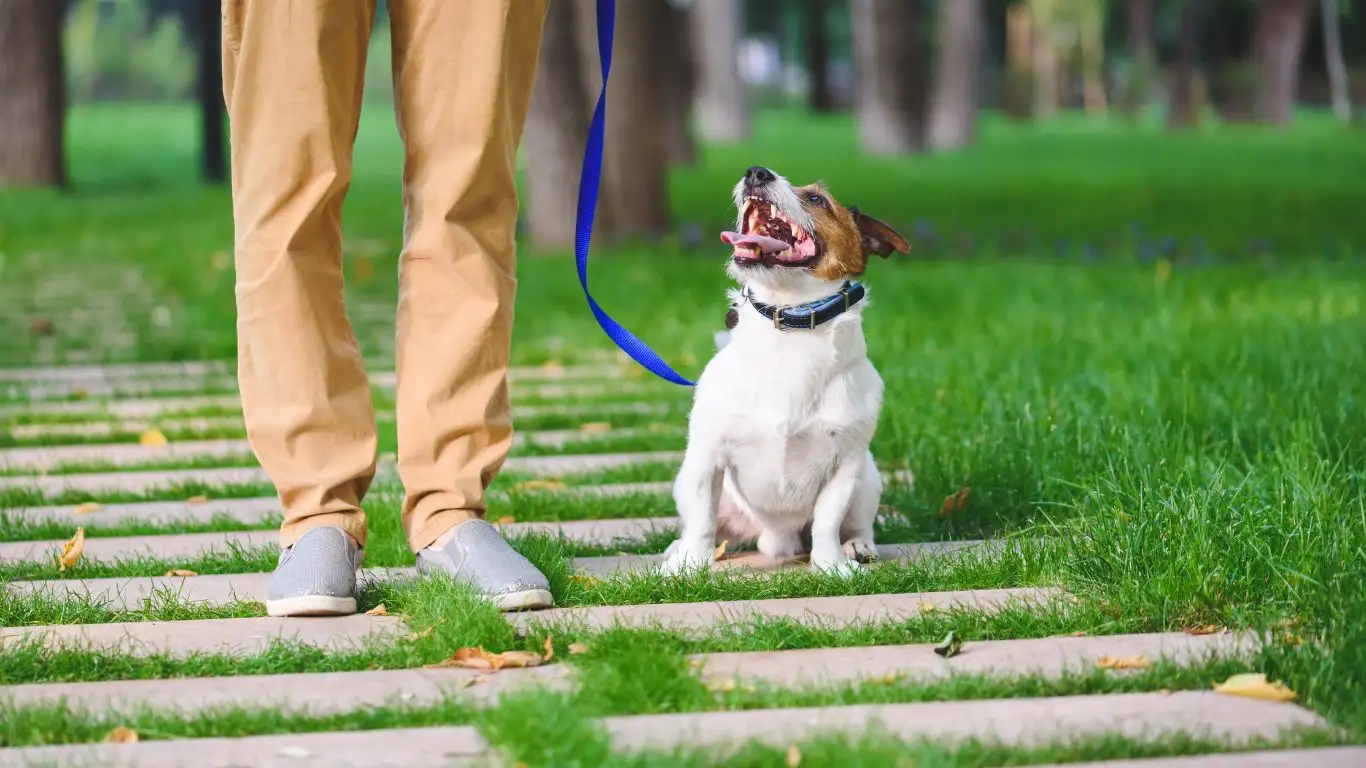
The Role of Socialization in Quick Responses
Socialization plays a crucial role in helping your dog respond quickly and appropriately to commands. When dogs are well-socialized, they’re less likely to get overwhelmed or distracted by new environments, people, or other dogs. This helps them stay calm and focused, even when you’re practicing commands in more chaotic situations.
Socialization doesn’t just mean meeting other dogs. It also includes getting your dog comfortable with different types of people, various environments, and unusual sounds or sights. The more experiences your dog has, the better they’ll be at focusing on your commands despite external distractions.
Expose Your Dog to New Environments
During the socialization process, I often recommend taking your dog to a variety of places: parks, pet stores, cafes, and even busier urban areas. This helps them learn to focus on you in different settings, which in turn helps them respond faster and more reliably to your commands.
For instance, I once worked with a therapy dog named Buddy who was initially shy and reactive around new people. But through careful exposure to a variety of environments and positive reinforcement when he responded calmly, Buddy learned to focus on his handler in the presence of other dogs and people. Over time, this made him more responsive to commands, no matter where they were issued from.
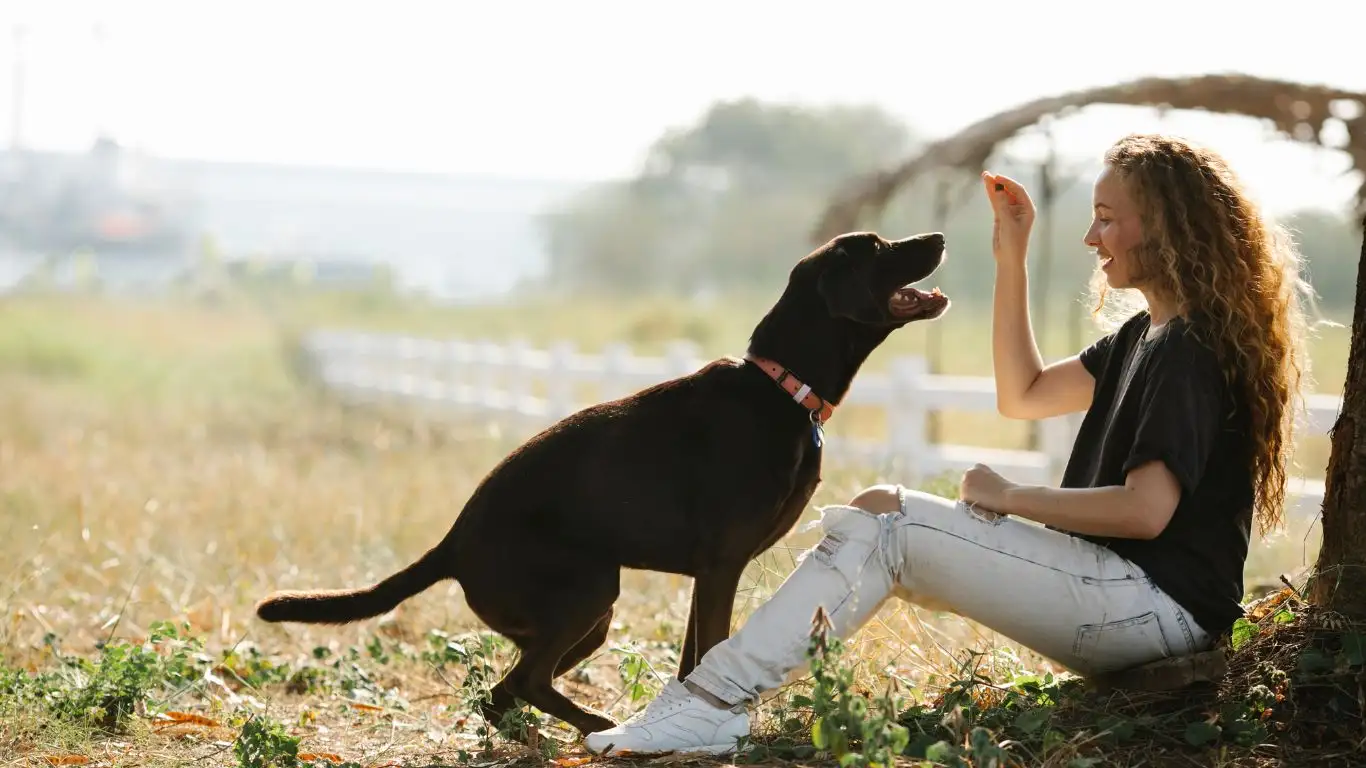
Introduce Your Dog to New People and Other Pets
Another important aspect of socialization is helping your dog become comfortable with other people and pets. When training a dog to respond quickly, it’s helpful to expose them to different personalities and other animals in a controlled manner. I’ve seen dogs that were initially hesitant around strangers begin to respond better to commands once they were confident in new settings.
Take your dog to puppy classes, arrange playdates with other dogs, or invite friends over to meet your dog. This creates positive experiences and builds your dog’s ability to focus on you, even when other people or pets are nearby. A dog that is well-socialized is much more likely to listen and respond promptly in social situations.
Advanced Techniques to Sharpen Quick Responses
Once your dog has mastered the basics of quick response training, it’s time to introduce more advanced techniques to keep their skills sharp. These techniques can challenge your dog further and help them become even more reliable in responding quickly to commands, even in complex environments.
Distance and Duration Training
Many owners stop their training once their dog responds reliably at close range. However, extending the distance between you and your dog can significantly improve their responsiveness. This helps reinforce their understanding that commands are not only for close proximity but also apply in larger spaces.
To practice distance training, start by giving your dog a command, such as “sit” or “stay,” while standing a few feet away. Gradually increase the distance over time, making sure to reward them for staying in place and responding quickly. Eventually, your dog will learn that your commands apply even when they’re far away from you, making them more responsive and reliable in a variety of situations.
Adding Duration to Commands
Another advanced training technique is adding duration to your dog’s commands. This means teaching them to hold a position (like “sit” or “stay”) for a longer period before receiving a reward. The longer your dog can hold a position, the better they’ll be at listening and responding to commands quickly in situations that require sustained focus.
To start, give your dog a “sit” or “stay” command and reward them after just a few seconds. Gradually increase the duration before they get their reward, all while ensuring that your dog stays in the correct position. This builds their impulse control and focus, helping them become more reliable in following commands even when there’s a longer wait involved.
Keeping Your Dog Motivated During Training
Keeping your dog motivated is one of the best ways to encourage fast responses to commands. Motivation is what drives your dog to act quickly, and without it, training can quickly lose its effectiveness. Different dogs are motivated by different things, and it’s important to figure out what motivates your dog the most.
Vary the Rewards
In my experience, dogs can quickly become bored if they receive the same reward every time. While treats are great for training, it’s also a good idea to mix things up by incorporating praise, toys, or even a fun game into the reward system. This keeps your dog engaged and looking forward to the next training session. I often tell clients to vary their rewards based on what excites their dog the most—some dogs love treats, while others might respond better to a game of fetch or a belly rub.
Use Training Sessions to Bond
Another key to keeping your dog motivated is to make training sessions enjoyable and rewarding for both of you. This isn’t just about getting your dog to follow commands—it’s about building a relationship of trust and mutual respect. When you make training fun, your dog will associate it with positive experiences and be more motivated to learn and respond quickly. Whether you’re teaching a new command or reinforcing an old one, make sure to keep the tone light and enjoyable for both of you.
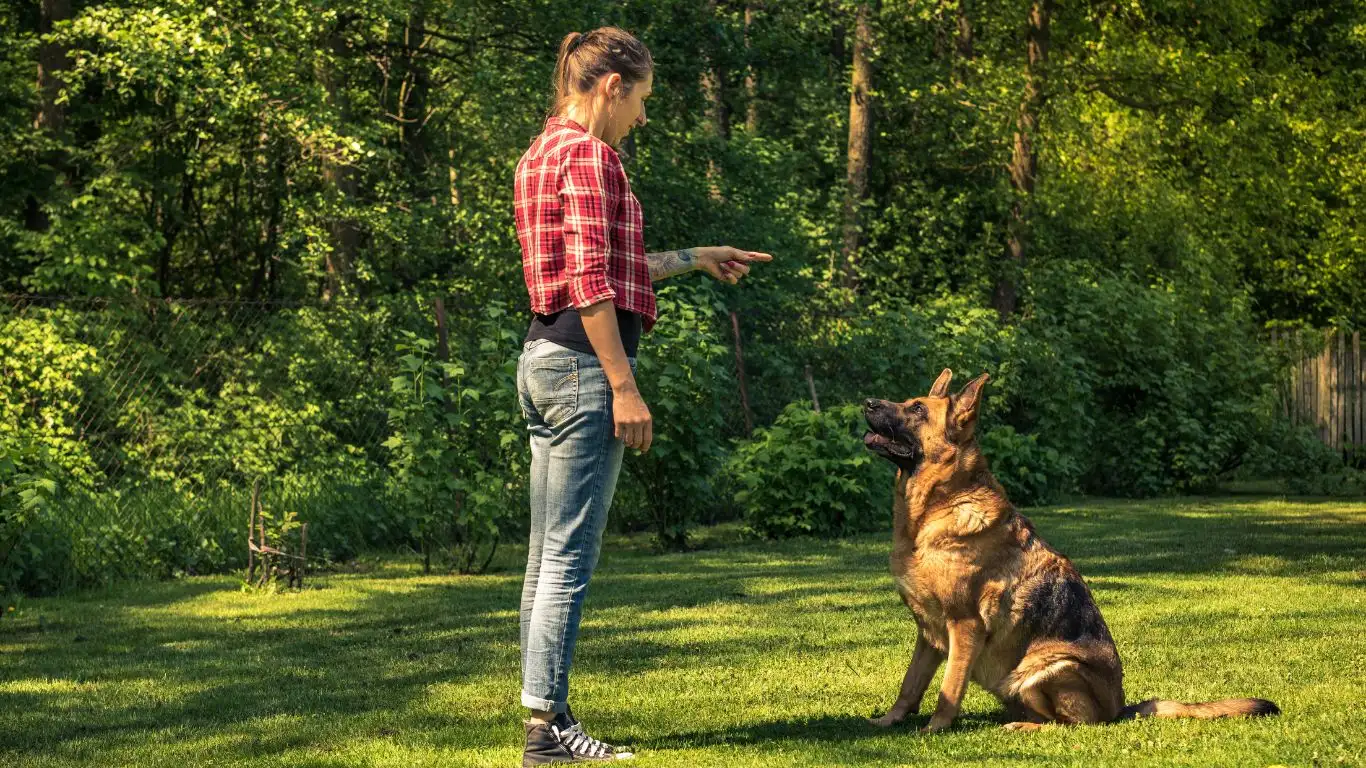
References
Disclaimer
The information provided in this article is based on my personal experience as a Canine-Assisted Therapy Trainer. Training methods may vary depending on the dog’s temperament and previous training. Always consult with a professional dog trainer or behaviorist if you’re unsure about the best training methods for your dog. Additionally, ensure your dog’s training environment is safe and conducive to learning.

